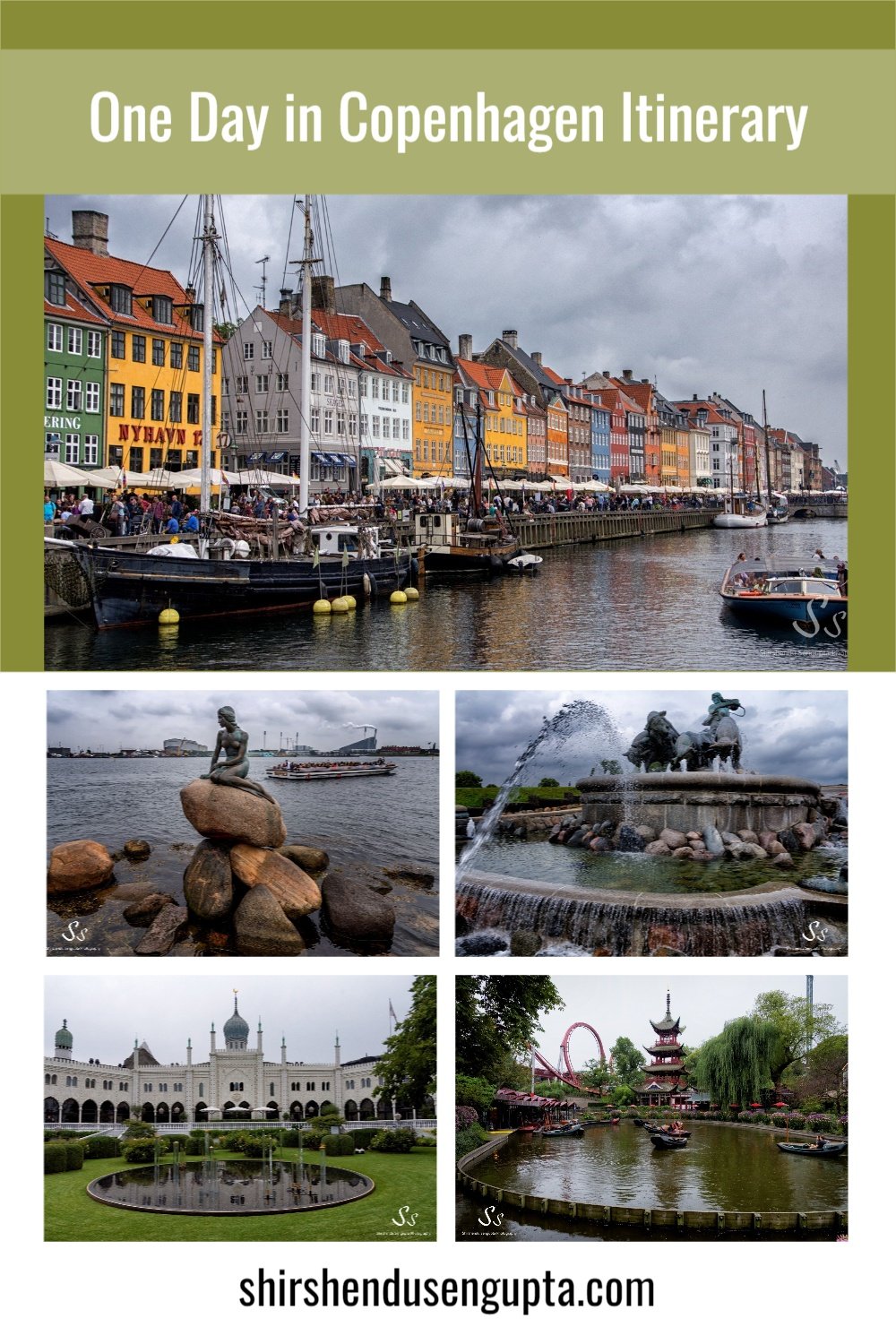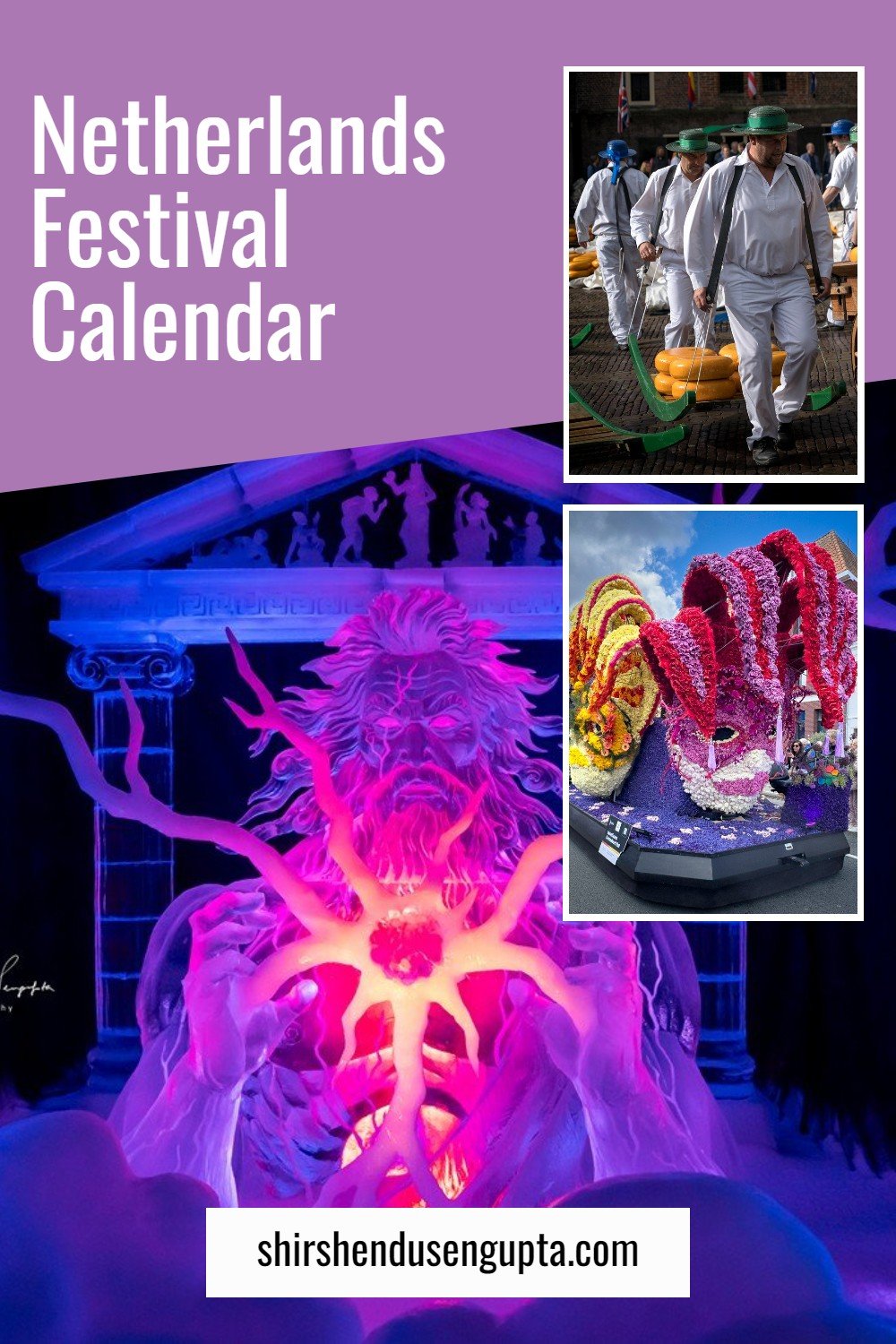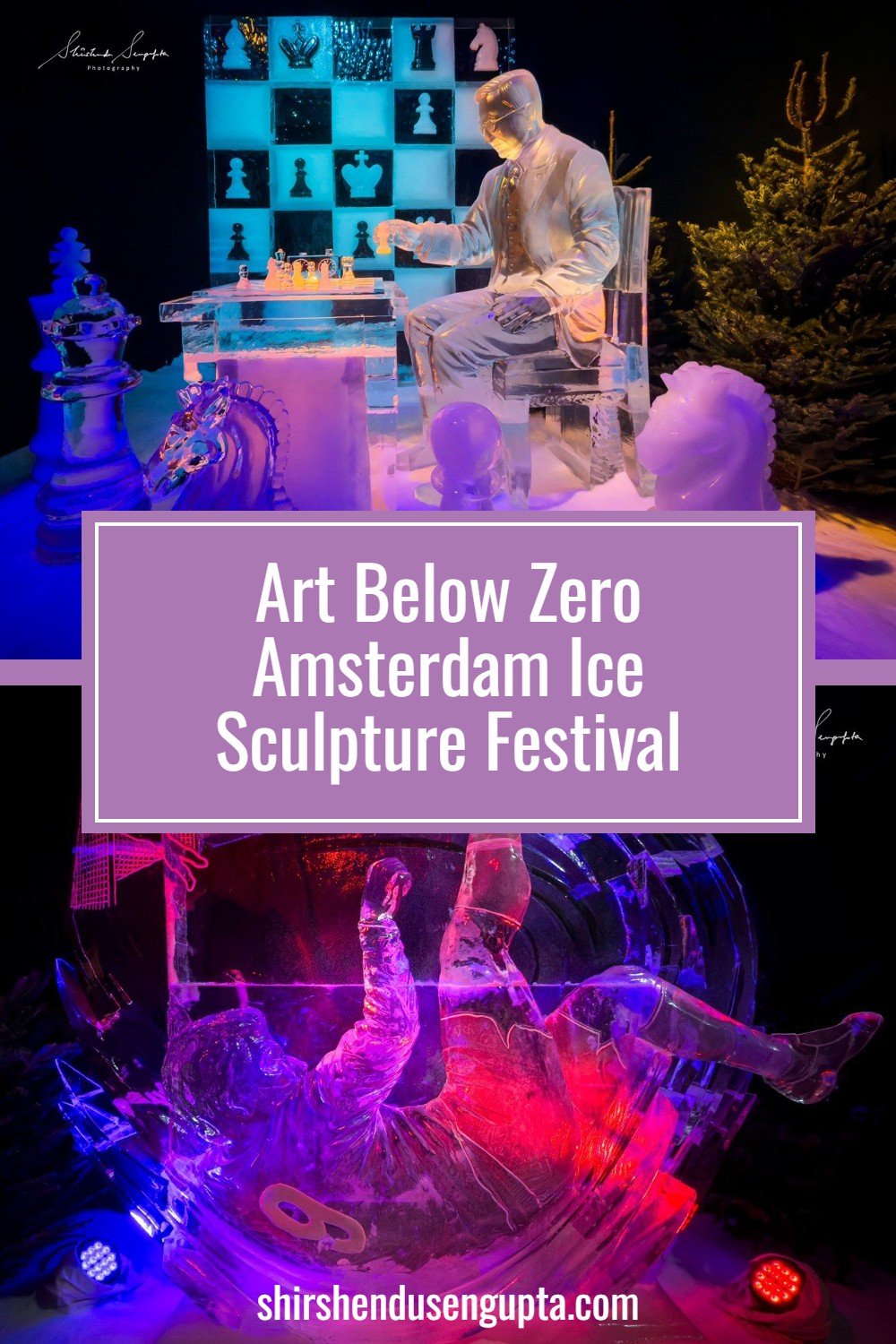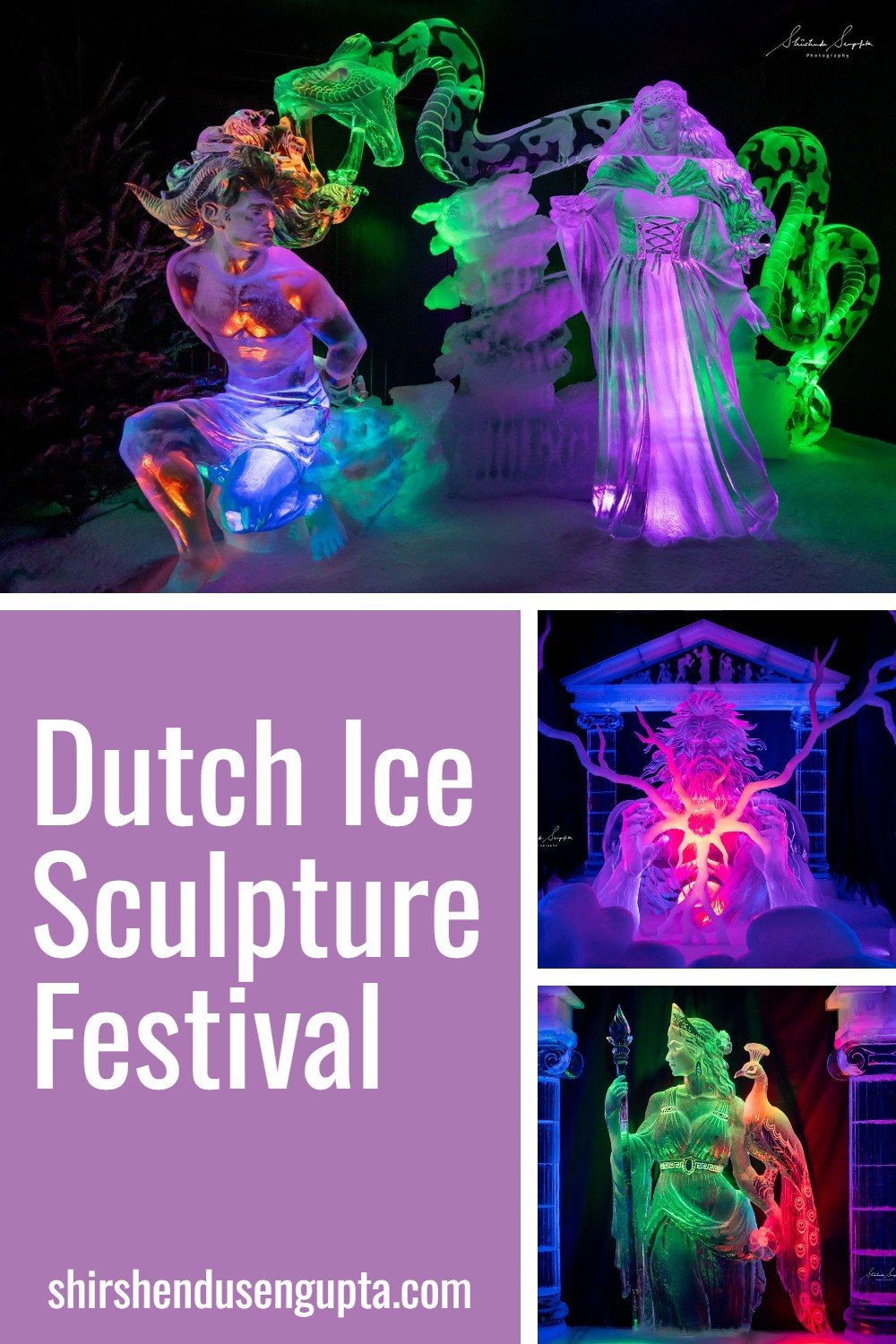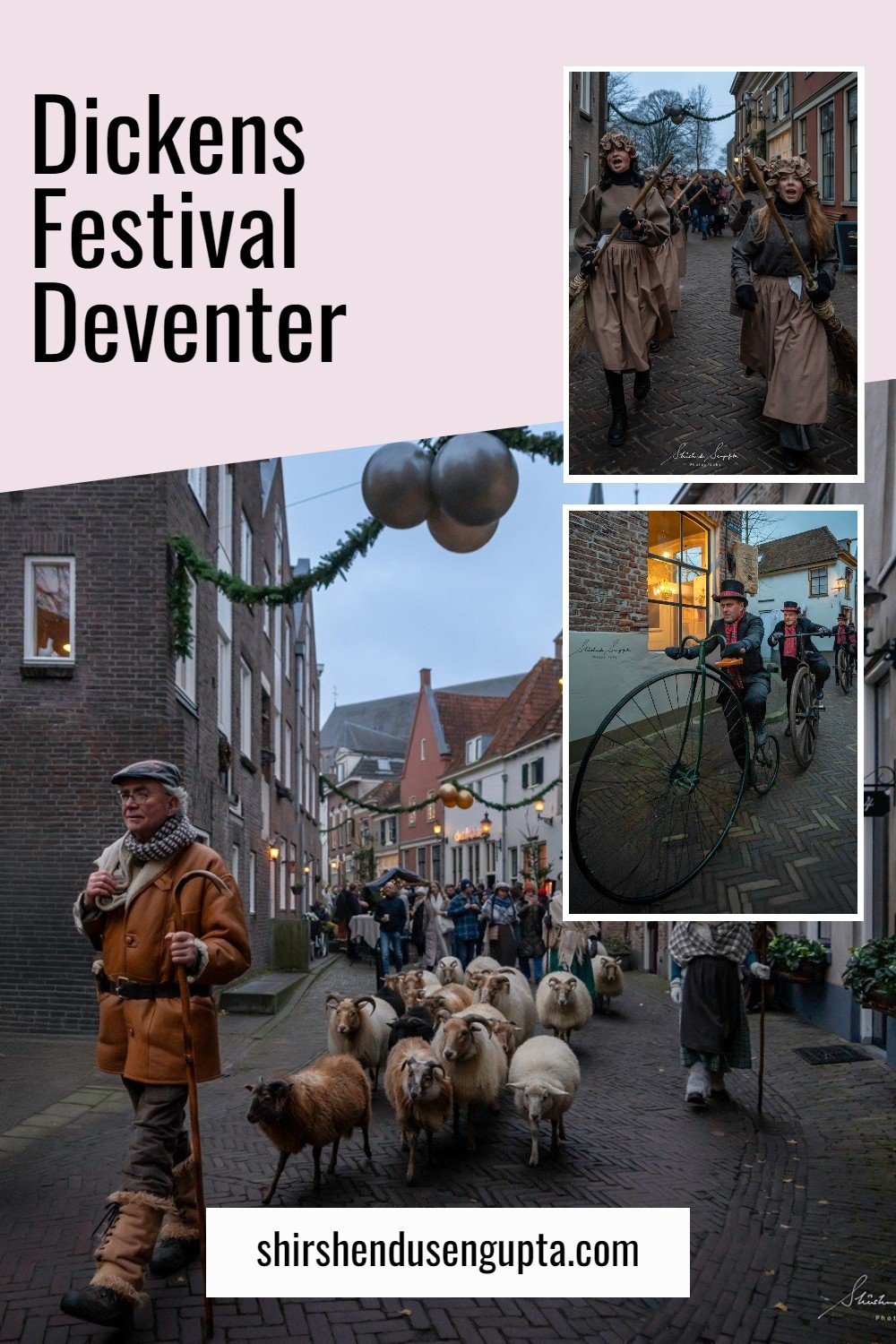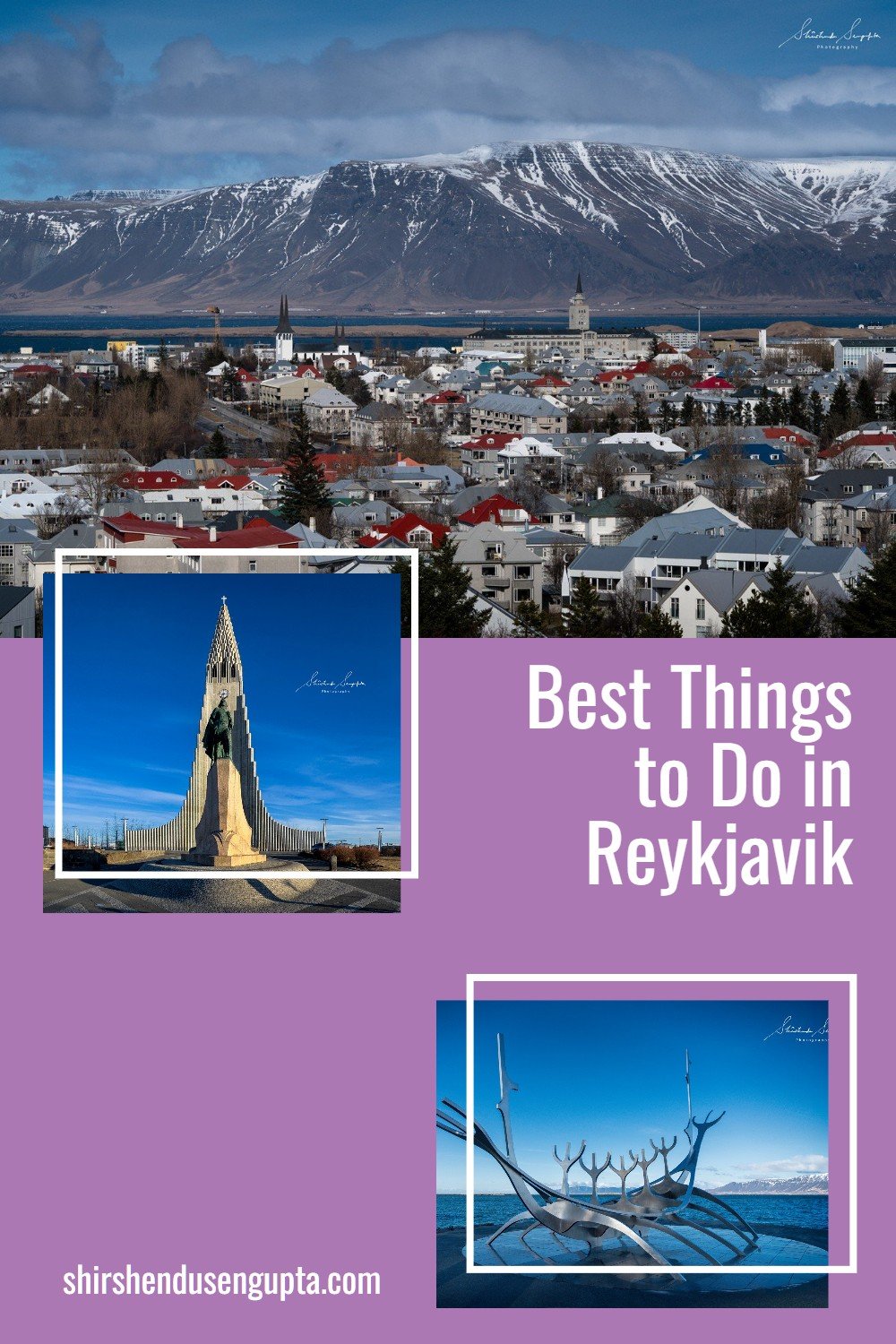One Day in Copenhagen Itinerary | 10 Best Places to Visit and Things to Do in Copenhagen in One Day | Top 10 Must See Tourist Attractions in Copenhagen on a Day Trip
Welcome to Denmark
Denmark is an archipelago of 450 islands and a crescent of one peninsula that dangles in the Baltic Sea. Denmark previously dominated all of Norway and much of southern Sweden, despite being the smallest of the Scandinavian countries. It had formerly served as a stronghold for fearsome Viking warriors. Modern Danes, on the other hand, are astonishingly well-adjusted, orderly yet laid-back, with a wry sense of humor. Outside bakeries, mothers comfortably park baby carriages while outside cafés filled with espresso drinkers, and lanky Danes pedal to work in bike lanes full of traffic.
About Copenhagen
Copenhagen, which began as a Viking fishing community in the 10th century, has proudly worn the moniker of 'The Happiest City in the World' for years, which I've always found intriguing. However, a visit to the Danish capital would make it very evident. The city has the X factor thanks to its happy-go-lucky snug terraces all along the port, free-flowing wine, fish, and chips, and a laid-back contented attitude among the residents. From a photographer's perspective, the city's cobblestoned, bike-friendly streets, architecture reflecting the much-lauded Danish flair for Neoclassical design, the famous 17th-century harbor 'Nyhavn' lined with bright pastel-colored houses, and historic landmarks like 'The Little Mermaid,' the 'Tivoli Gardens,' the 'Amalienborg' and 'Christiansborg' palaces set the scene for an enticing romantic weekend. Today I’m going to take you along with me on a ride across the top attractions in Copenhagen that you must visit when on a day trip. Let the journey begin!
One Day in Copenhagen Itinerary
1. Start from ‘The Little Mermaid’
The History behind ‘The Little Mermaid’
The Little Mermaid is a bronze statue of a mermaid by Edvard Eriksen. The sculpture is located on a rock near the water's edge at Copenhagen's Langelinie promenade. It stands 1.25 meters tall (4.1 feet) and weighs 175 kilos (385 lb).
Carl Jacobsen, the founder of Carlsberg beer, is responsible for the sculpture's creation. He saw a ballet performance of the Little Mermaid, based on Andersen's story, in 1909. Jacobsen was so moved by the story that he commissioned Danish sculptor Edvard Eriksen to construct a statue of the Little Mermaid. Jacobsen wanted Danish prima dancer Ellen Price to be the sculpture's model, but she declined to pose naked. The Little Mermaid's body was eventually modeled after Eriksen's wife, while Price donated her face to the sculpture's head. The 1.25-metre sculpture was inaugurated in August 1913, and it followed Copenhagen's practice of sculpting classic and historic figures in the city's parks and streets at the time.
The Little Mermaid is now one of the most well-known statues in the world, with the Manneken Piss in Brussels, the Statue of Liberty in New York, and Christ the Redeemer in Rio de Janeiro. It has become a frequent target for vandals and political activists in recent decades. She's lost her head twice, her arm sawn off once, and paint spilled on her countless times. But she is salvaged and restored each time, allowing her to stay in her spot by the ocean and greet visitors to Copenhagen harbor.
The Vandalisms on ‘The Little Mermaid’
The Little Mermaid was attacked for the first time in April 1964, when she was beheaded with a hacksaw. Her head, as well as the assailant of this heinous crime, vanished into the night, never to be seen again. Jorgen Nash, an artist, claimed responsibility for the decapitation more than three decades later. He stated in 1997 that it was committed in a fit of wrath because the love of his life had abandoned him.
Her arm was sawn off 20 years later. This, however, was not a political protest. Instead, it appears that two drunken young men stole the appendage and shamefacedly returned it two days later.
Six years later, another attempt was undertaken to remove the newly replaced head of the Little Mermaid. It didn't work, but it did leave her with a deep "wound" in her neck.
A third attempt to decapitate the statue occurred in 1998. The criminals made off with the head, just like they did in 1964. Murder squad investigators were called in to try to solve the mystery, and they quickly discovered their perpetrators. The previously unknown Radical Feminist Fraction claimed they did it to "make a symbol of sexually fixated and sexist male dream of women as bodies without heads." The head, on the other hand, was returned and anonymously put outside a Danish television center, where it remained until someone blew her off her rock five years later.
She was discovered floating face down in the bay in September 2003, at the grand old age of 90. The attack was rumored to have been carried out by anti-war protestors enraged about Denmark's involvement in Iraq.
Since then, the statue has managed to stay in one piece until today. She has, however, donned a burqa, held a sex toy, and covered in painted twice. The burqa was a protest against Turkey joining the EU, and the red paint was a protest against whaling in the Faroe Islands two weeks ago.
In the latest acts of vandalism, the words "Befri (sic) Abdulle," or "Free Abdulle," were written in front of the statue. It is unclear, but it appears to pertain to the reference of Abdulle Ahmed, a Somali national who has spent more than a decade in a Danish psychiatric institution, where he was supposedly forced to take medication because of reported violence against caretakers.
Finally, Carl Christian Ebbesen, the mayor of Copenhagen for culture, made a very uncomplicated recommendation for how it should be avoided in the future: CCTV!
The story of ‘The Little Mermaid’
The Little Mermaid is a sorrowful narrative of a young mermaid who saves a prince from drowning at sea during a storm. She is head over heels in love with him and wishes to leave the ocean for the land. She trades her voice for a pair of legs in order to find her prince. She just has three days to get his passionate kiss and transform into a human being and if she is not kissed, she would turn into sea foam. The prince is enthralled by her beauty, but he doesn't recognize her. He only remembers a female with a magical voice rescuing him. He eventually marries another woman. The Little Mermaid, heartbroken, throws herself off a cliff and transforms into sea foam.
On the Langelinie promenade near ‘The Little Mermaid,’ you can find beautiful replicas of different materials and sizes that make a great souvenir when you visit here.
2. Walk along the waterfront to the Ivar Huitfeldt Column
As you walk southwards for around 3 minutes along the waterfront, you come across the Ivar Huitfeldt Column. The Ivar Huitfeldt Column is a monument in Langelinie, Copenhagen, Denmark, commemorating the loss of Admiral Ivar Huitfeldt and his troops from the HDMS Dannebroge, which exploded and sank in the Battle of Koge Bat during the Great Northern War's Battle. During an encounter with the Swedes on 4 October 1710, Huitfeldt's ship of the line, HDMS Dannebroge, was set on fire. He gave orders to continue the fight, which ended only when the ship exploded killing Huitfeldt and 497 other crew members.
The original plans for a Huitfeldt memorial called for a much smaller monument, something akin to a cairn, but after the intervention of Carlsberg brewer Carl Jacobsen, who had already sponsored several monuments in Copenhagen, including a statue of Admiral Niels Juel next to the National Bank, and ‘The Little Mermaid,’ it was decided to hold a design competition. Vilhelm Dahlerup was the winner who designed the monument, which was completed in 1886.
3. Walk further to the Memorial of Princess Marie of Denmark
At just 1-minute walk from the Ivar Huitfeldt Column, is the memorial of Princess Marie of Denmark. Princess Marie Amélie Françoise Hélène d'Orléans (13 January 1865 – 4 December 1909) was the wife of Prince Valdemar and was a French princess by birth and a Danish princess by marriage. A stone plinth rests atop stone stairs that lead to the memorial. At the top of the plinth is a bust of Princess Marie, as well as a nude figure of a woman seated on the steps with a young son.
4. Cross the Bridge to the St. Alban’s Church
St. Alban's Church, sometimes known as the English Church by locals, is an Anglican church in Copenhagen. It was constructed between 1885 and 1887 for the city's burgeoning English population. It is in a serene park setting at the end of Amaliegade in the northern section of the city center, near the fortification Kastellet, the Gefion Fountain, and Langelinie, designed by Arthur Blomfield as a classic English parish church in the Gothic Revival style. The church is part of the Diocese of Europe of the Church of England. It is named after Saint Alban, the first martyr of the United Kingdom.
5. Marvel at the Gefion Fountain
Next to St. Alban’s Church is the Gefionspringvandet (The Gefion Fountain), the largest monument in Copenhagen. The fountain is an icon of Copenhagen, akin to the Fontana di Trevi in Rome. The goddess Gefion is the focal point of the fountain. The Carlsberg Foundation donated the fountain to the city of Copenhagen on the occasion of the brewery's 50th anniversary. It is located near the Kastellet at the end of Amaliegade. These massive naturalistic sculptures were sculpted by Anders Bundgrd in 1897-1899, and the fountain was opened to the public in 1908.
Legend has it, that long before the birth of our civilizations, the Swedish king Gylfe gave a piece of land to the mighty Norse Goddess Gefion and told her that she might plough up as much land as she wished for one night and one day, and then it would be hers to do with as she pleased. Gefion transformed her four sons into large, powerful oxen, and they ploughed! When time ran out, she threw the entire earth into the strait of Øresund and created Zealand, the island on which Copenhagen now stands. When Gefion finished ploughing, she left a large hole in the earth, which is now the lake Vänern, in the north of Gothenburg, in Sweden. If you don't believe me, look at a map and see how similar Zealand and Vänern are in shape.
6. Visit the Amalienborg Palace
Amalienborg is the Danish royal family's residence in Copenhagen. It consists of four similar classical palace facades with rococo interiors arranged around an octagonal courtyard, with a huge equestrian statue of Amalienborg's founder, King Frederick V, in the center of the square. The four palace facades of Amalienborg were originally built for four noble families. But after Christiansborg Palace burned down on February 26, 1794, the royal family purchased the Amalienborg Palace and moved there. Various kings and their families have lived in the four palaces over the years.
Note: After following this itinerary if you still have time, you may also visit the Christiansborg Palace, which now houses the Danish Parliament, the Supreme Court, and the Ministry of State.
7. Visit the Frederik’s Church
For its rococo construction, Frederik's Church is known as The Marble Church (Marmorkirken). It is an Evangelical Lutheran Church in Copenhagen. It has a spectacular dome of 31 meters in diameter that may be climbed on weekends, making it one of Copenhagen's most famous and impressive architectural features. In the heart of Frederiksstaden's affluent district, the church is wonderfully aligned with Amalienborg Palace and The Opera.
The church was built in 1740 by architect Nicolai Eigtved as the centerpiece of King Frederik V's big plan to create a new city district called Frederiksstaden. King Frederick V laid the foundation stone in 1749, but work was hampered by budget shortages and Eigtved's death in 1754. The church was left unfinished, and despite repeated attempts to finish it, it remained a ruin for nearly 150 years. The construction was resumed in 1874 and the church was finally consecrated in 1894.
8. Take a leisurely stroll around Nyhavn
Nyhavn (New Harbour) is a waterfront, canal, and entertainment zone in Copenhagen that dates from the 17th century. It runs from Kongens Nytorv to the Royal Playhouse's harborfront and is lined by brightly colored 17th and early 18th century townhouses, pubs, cafes, and restaurants. The canal is home to a number of old wooden ships.
From 1670 to 1673, King Christian V built Nyhavn, which was dug by Swedish prisoners of war from the 1658 - 1660 Dano-Swedish War. It is a gateway from the sea to the historic inner city at Kongens Nytorv (King's Square), where ships handled freight and fishermen's catch. It was infamous for alcohol and prostitution. Hans Christian Andersen, the famed Danish fairytale writer, used to live at number 20. 'The Tinderbox,' 'Little Claus and Big Claus,' and 'The Princess and the Pea' were all written here. He also lived in no. 67 for twenty years and no. 18 for two years.
9. Check out the Love Locks on the Nyhavnsbroen
For couples truly, madly, and deeply in love, the Nyhavnsbroen Bridge is a must-see. Tourists and locals of Copenhagen alike prefer to memorialize their love for one another by placing love locks on the bridge. They tie their lock to the bridge grating and throw the key into the water as a symbol of eternal love and fidelity. The Nyhavnsbroen Bridge is currently adorned with thousands of uniquely designed love locks.
10. Spend the rest of your day in Tivoli Gardens
Tivoli Gardens (or just Tivoli) is a pleasure garden and amusement park in Copenhagen, Denmark. The park, which opened on August 15, 1843, is the world's second-oldest functioning amusement park, after Dyrehavsbakken in nearby Klampenborg, Denmark. Tivoli is the world's second-most popular summer amusement park, after Europa-Park, with 4.6 million visitors annually. Tivoli is Scandinavia's most popular theme park, and Europe's sixth most popular theme park, trailing only Disneyland Park (Paris), Europa-Park, Walt Disney Studios Park, and Efteling.
With its dreamy whirl of amusement rides, sparkling pavilions, carnival games, and open-air stage acts, Tivoli, has won lovers. Visitors can ride the century-old roller coaster, watch the famous Saturday evening fireworks display, or simply relax in the storybook setting. The open-air Plnen stage features free rock performances by Danish bands (and the occasional international celebrity) every Friday during the summer from 10 PM; but don’t forget to go early if it's a big-name act.
Visiting Copenhagen
Best Time to Visit: May through June or September through October are the ideal times to visit Copenhagen due to the moderate weather and the abundance of outdoor activities, festivals, and flowering gardens throughout these seasons. You can also escape the busiest summer travel seasons and take advantage of milder weather ideal for city exploration by traveling during these off-seasons.
Number of Days to Stay: We suggest booking a minimum of three to four days to really enjoy Copenhagen and all of its attractions. You will have ample opportunity to explore the old city center, see famous sites, and immerse yourself in Danish culture at galleries and museums.
Best Place to Stay: There are many different lodging alternatives in Copenhagen to accommodate a range of tastes and price ranges. Staying in the Indre By (Inner City) district, which includes the ancient city center, is a great option if you're looking for a central location with easy access to key attractions. This area offers a variety of lodging options, including hotels, guesthouses, and boutique hotels, all conveniently located close to popular attractions like Christiansborg Palace and Amalienborg Palace. On the other hand, if you'd rather have a more relaxed vibe, think about lodging in areas like Vesterbro or Nørrebro, which have a lively local culture in addition to trendy cafes, restaurants, and stores.
Best Way to Arrive: Flying into Copenhagen Airport, which is conveniently close to the city center, is the most popular method to arrive in Copenhagen. The airport offers connectivity to major cities across the world for both domestic and international flights. To get to your lodging in Copenhagen's city center or other areas, you can take the metro, train, or cab from the airport. We flew into Copenhagen from the Netherlands, spent a couple of days there, and then flew from there to Bergen in Norway. After that, we spent three days in Bergen and then flew back to the Netherlands from Bergen.
To know more about our fjord exploration in Bergen, please read our article ‘Norway in a Nutshell’ Itinerary | The World’s Most Beautiful Train Journey (Flam Railway) and Fjord Cruise (Naeroyfjord Cruise) across Bergen and the West Norwegian Fjords.
Best Local Mode of Conveyance: Bicycles, buses, trains, and metro are all part of Copenhagen's first-rate public transit network. With designated bike lanes and rental alternatives available all across the city, the city is particularly bike-friendly. A bike rental is a fantastic way to see Copenhagen at your own speed and like a native. Buses travel routes both inside the city and outside of it, while trains and the metro offer handy transportation for longer distances. Copenhagen's small size makes it simple to get around on foot if you choose to walk, particularly in the pedestrian-friendly city center.
Epilogue
So that brings us to the end of our journey across the 10 best places to visit and things to do in Copenhagen in one day. Please let us know in the comments below if you enjoyed reading this article. And until we meet next time, I wish you merry traveling and happy shooting!
Pin the article
Bookmark the article for reading later!
Want to license/buy photos in the article?
License photos for commercial/editorial use or buy photo prints!
Want us to write an article for you?
Articles for magazines, newspapers, and websites!
Watch our Videos
Check out our videos on our Youtube Channel!
Join the Newsletter
Get updates on our latest articles!
We respect your privacy. Read our policy here.

